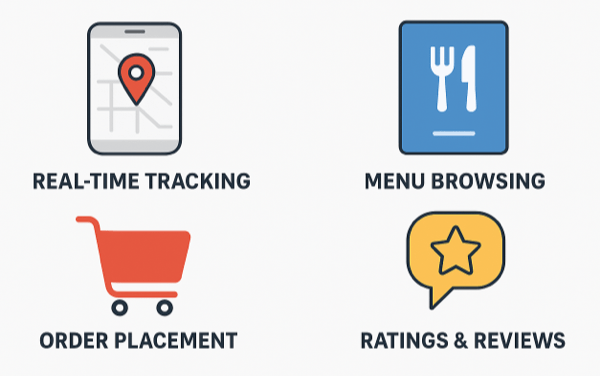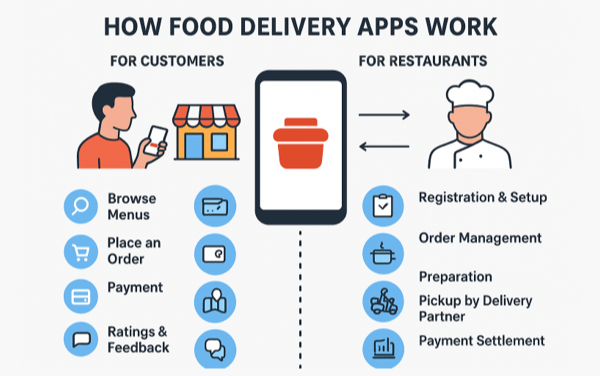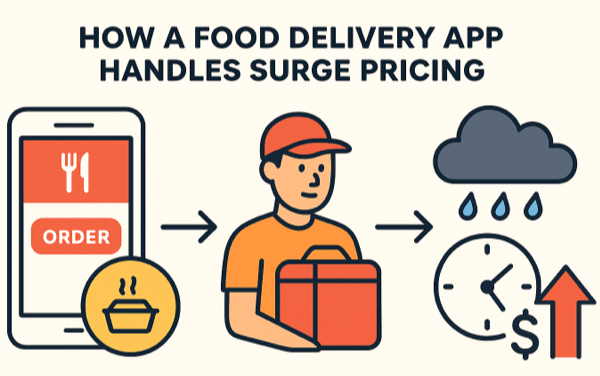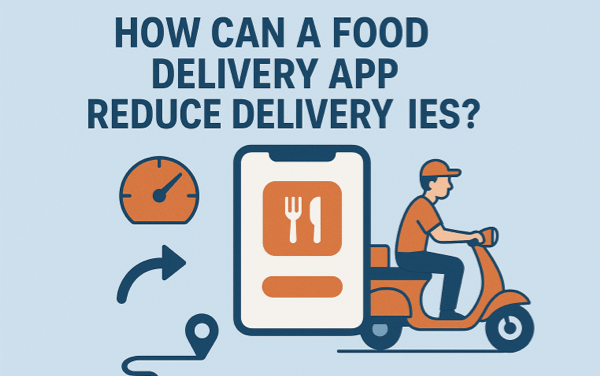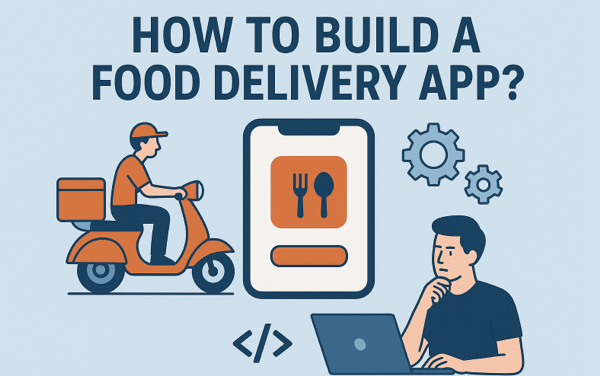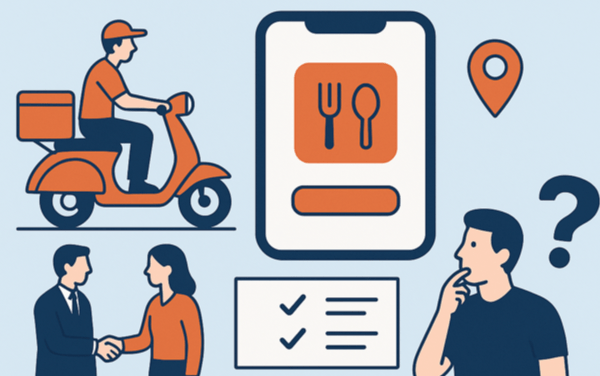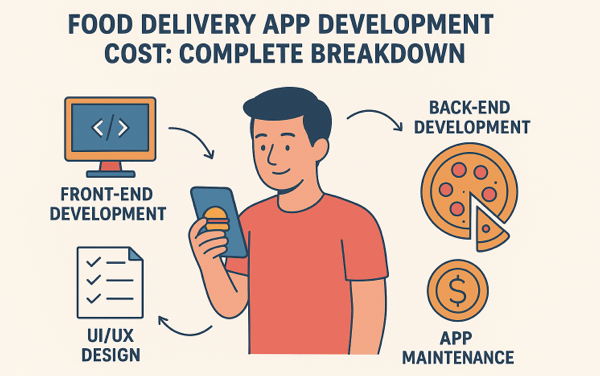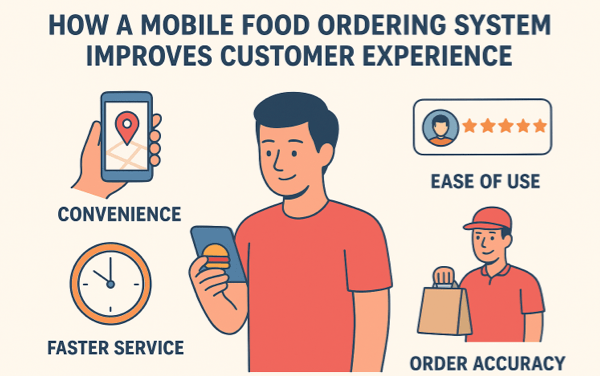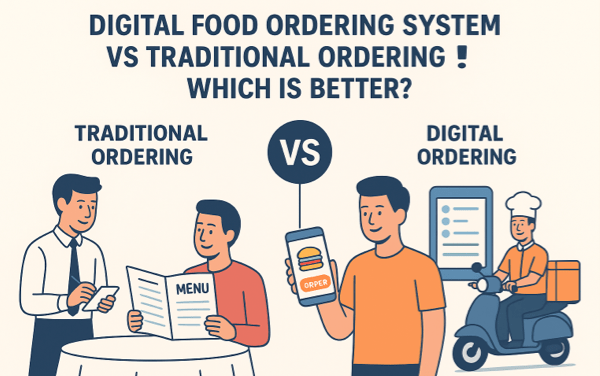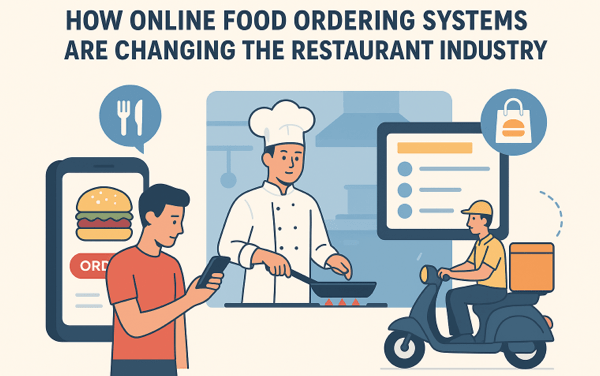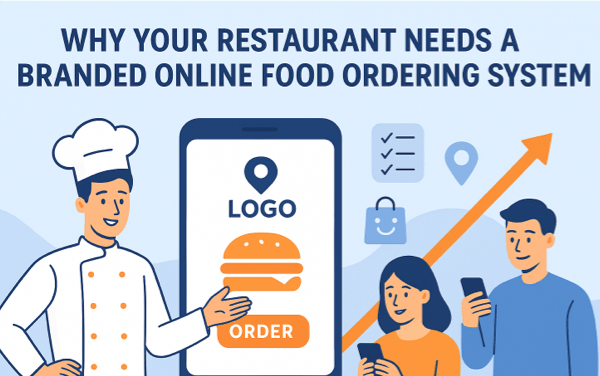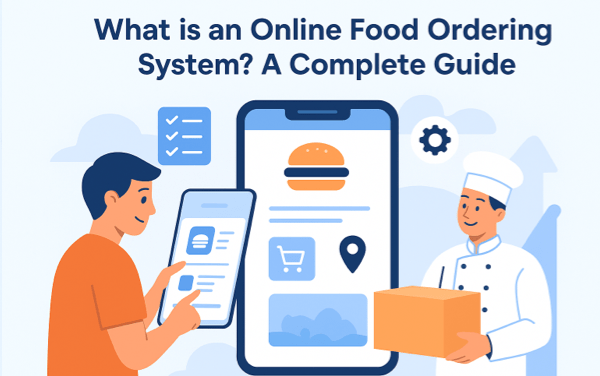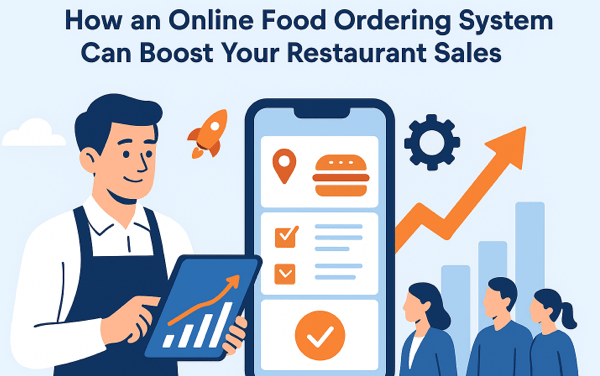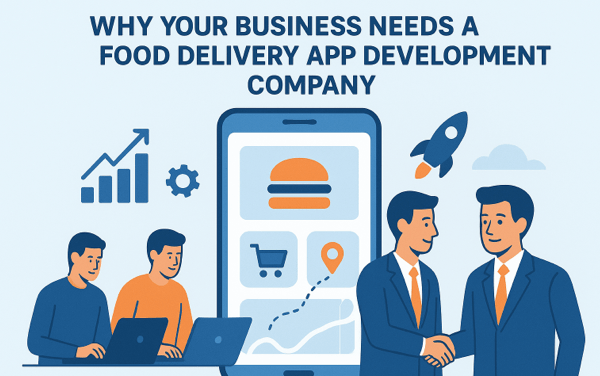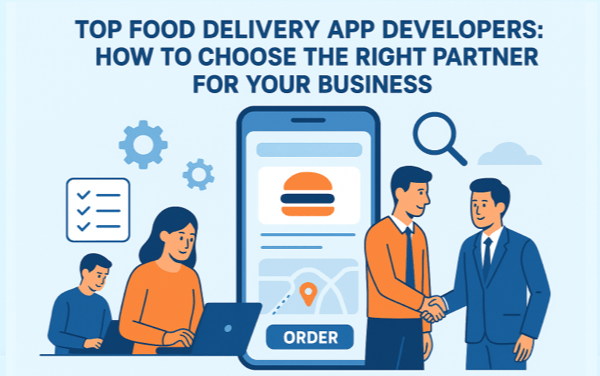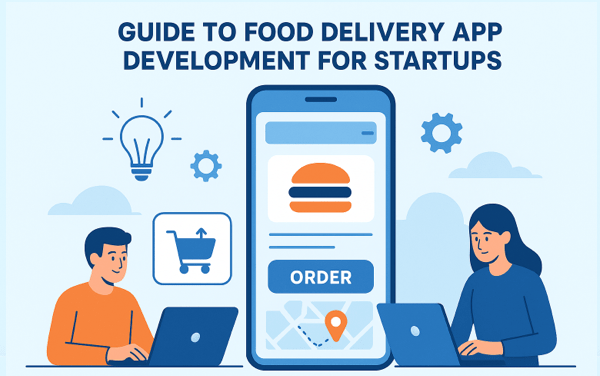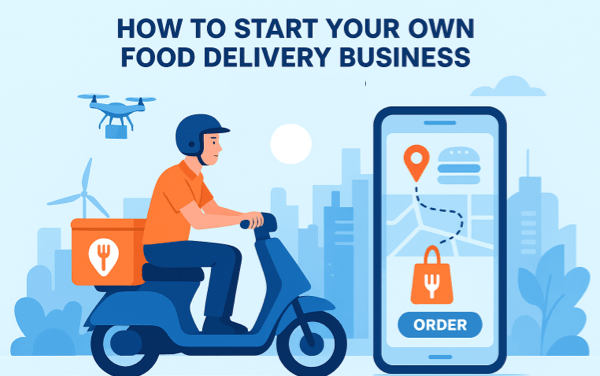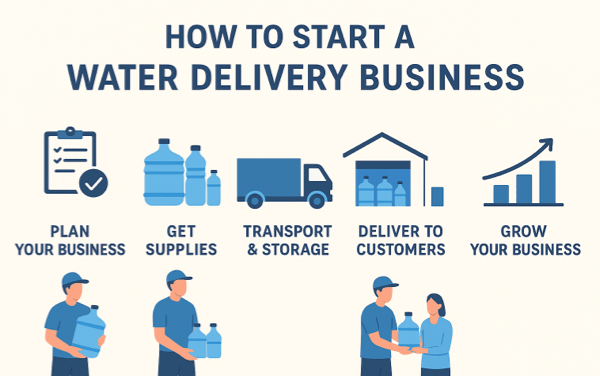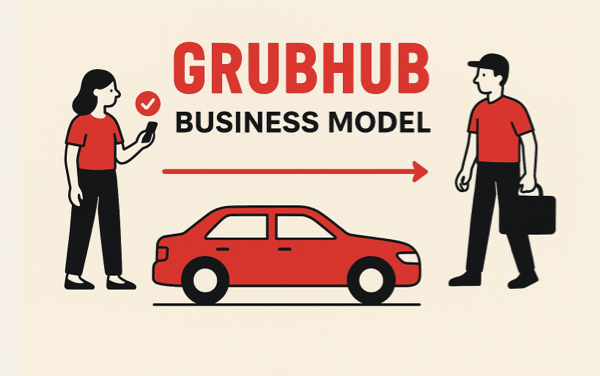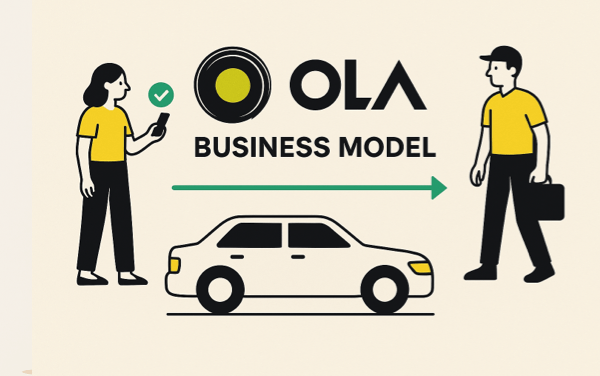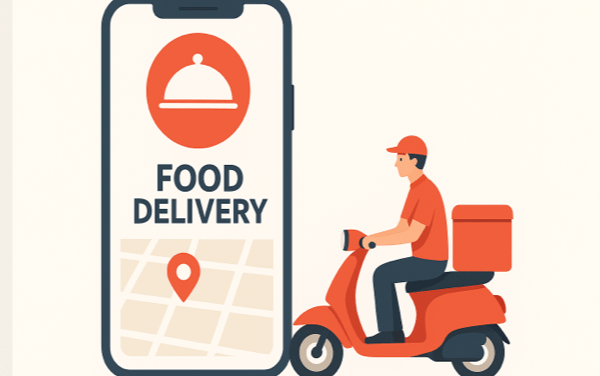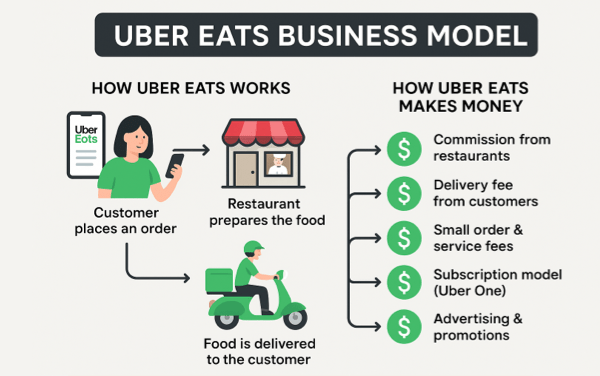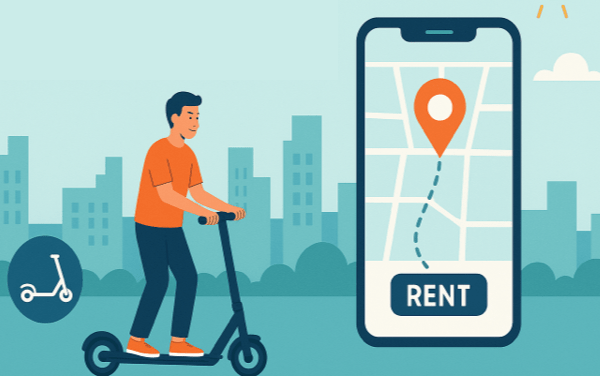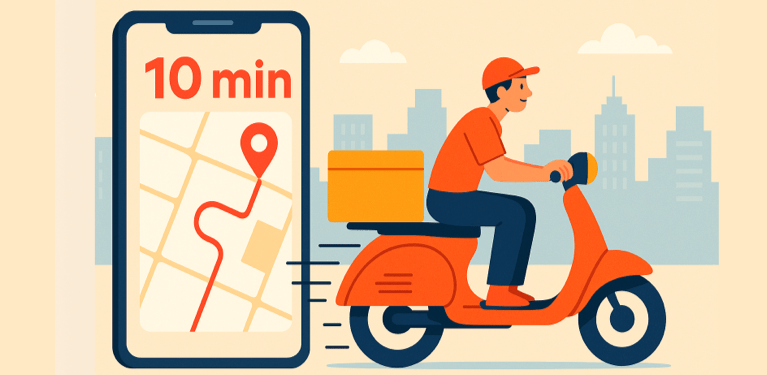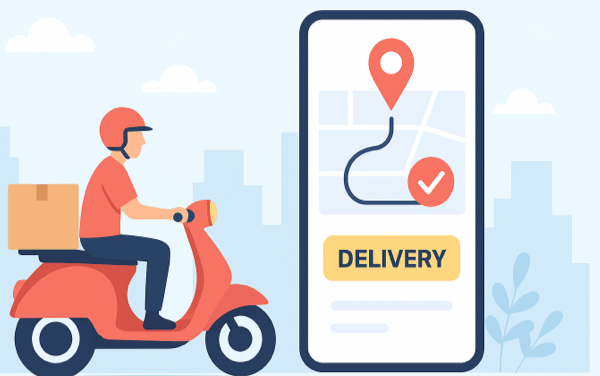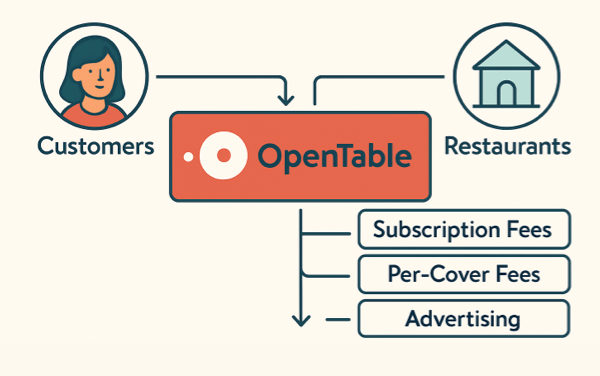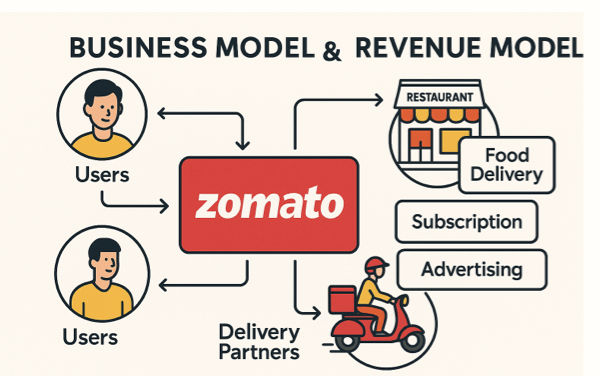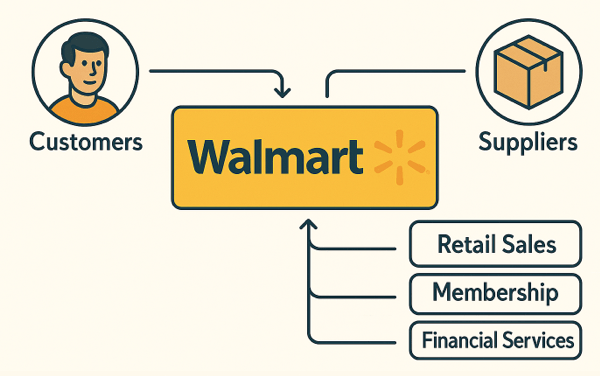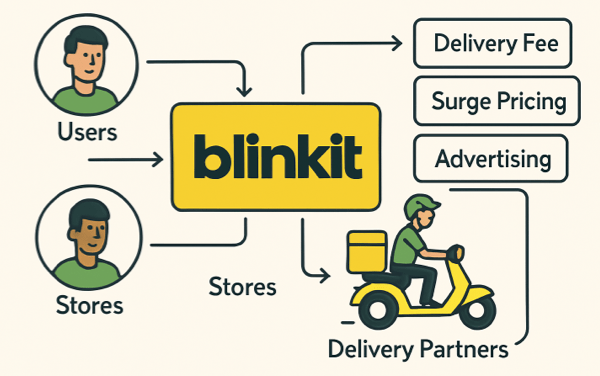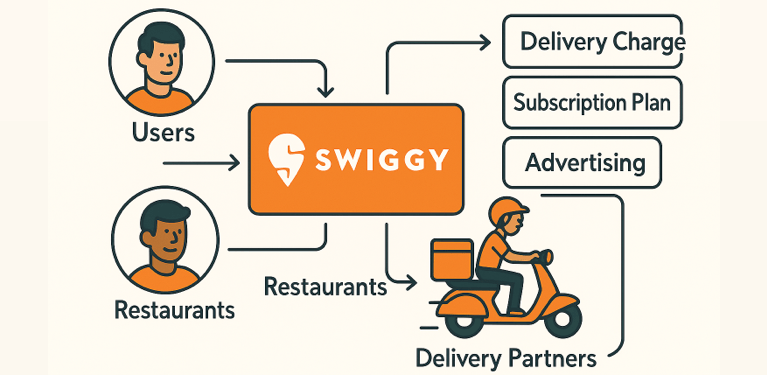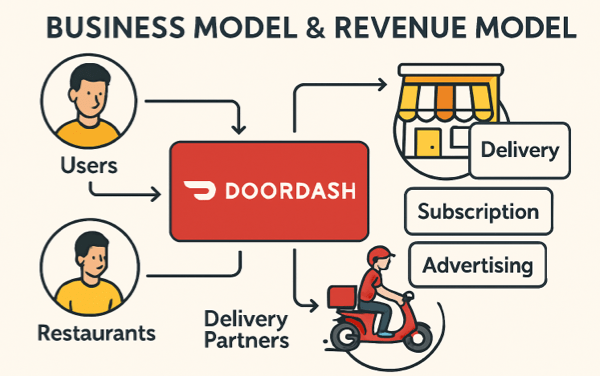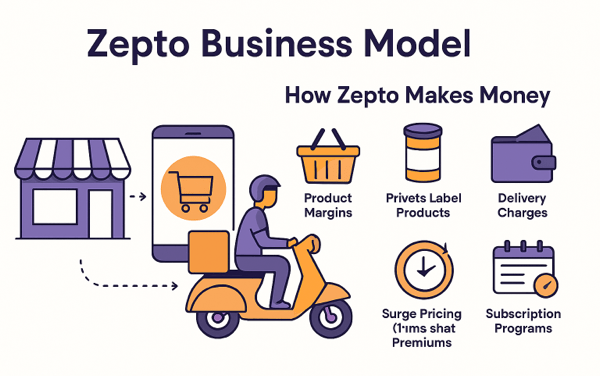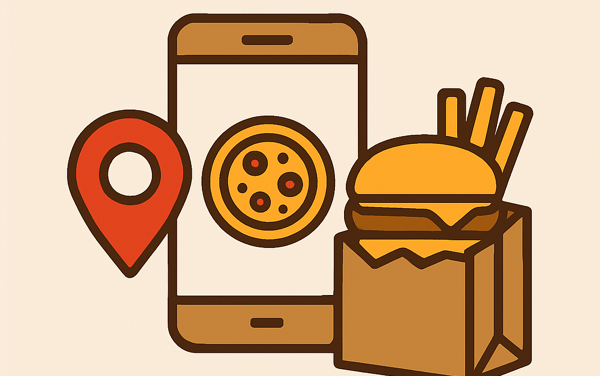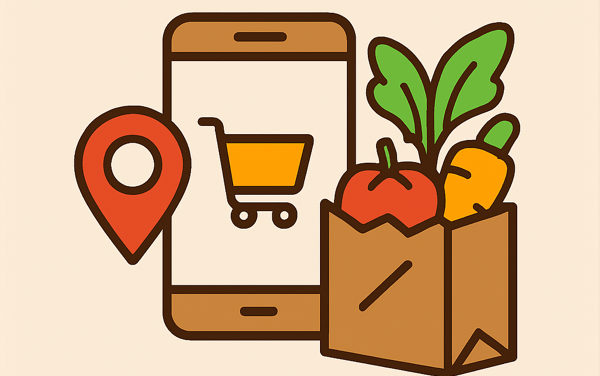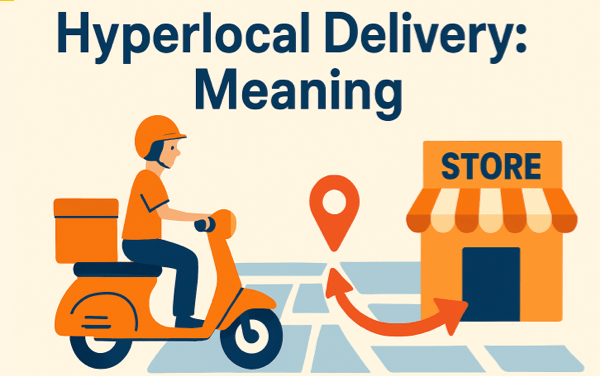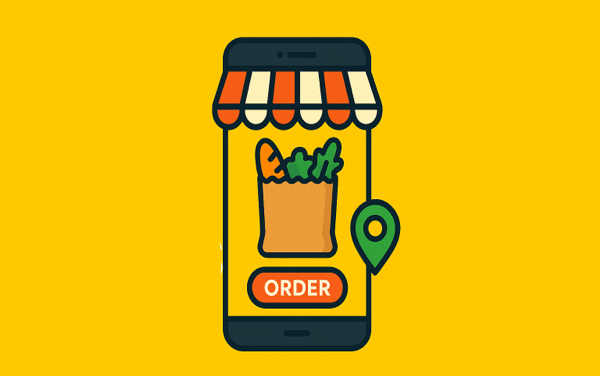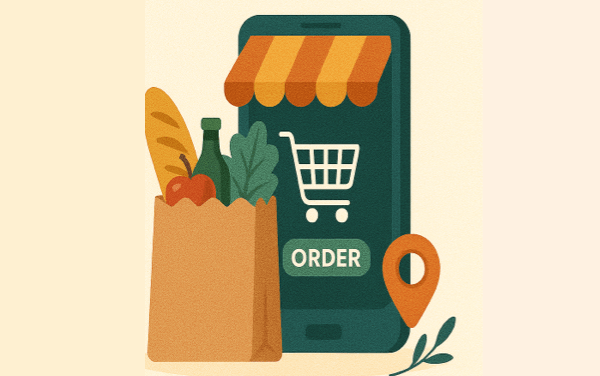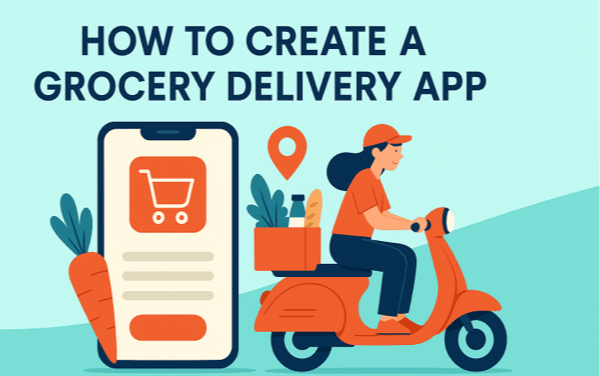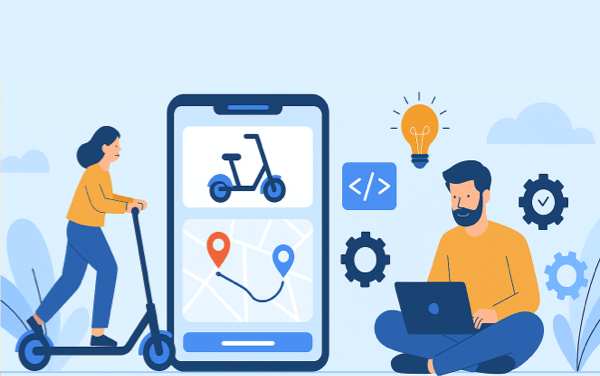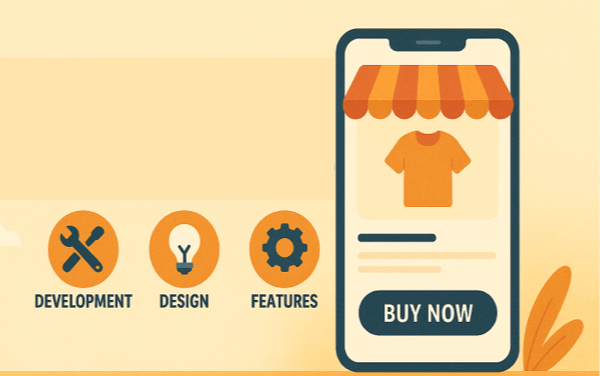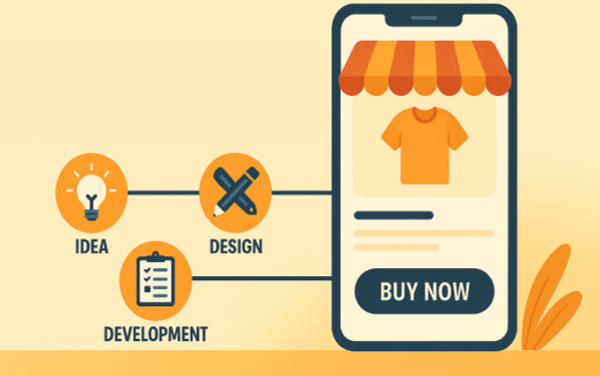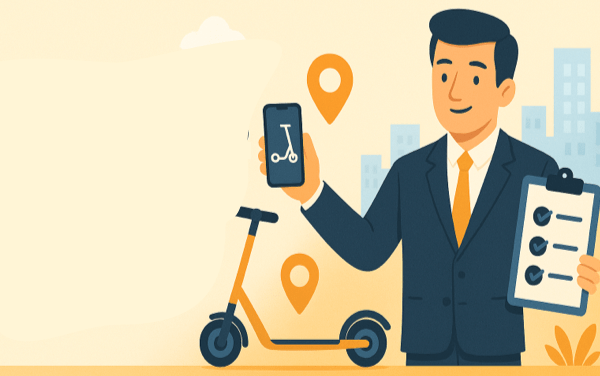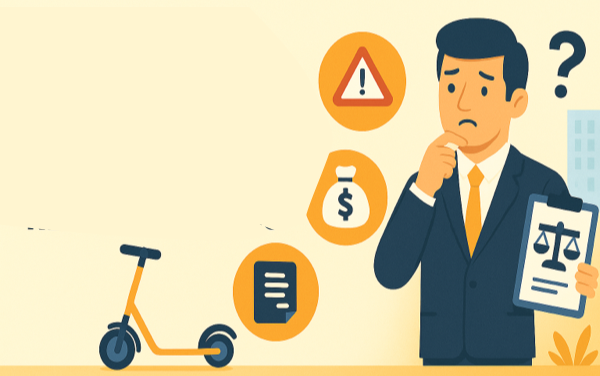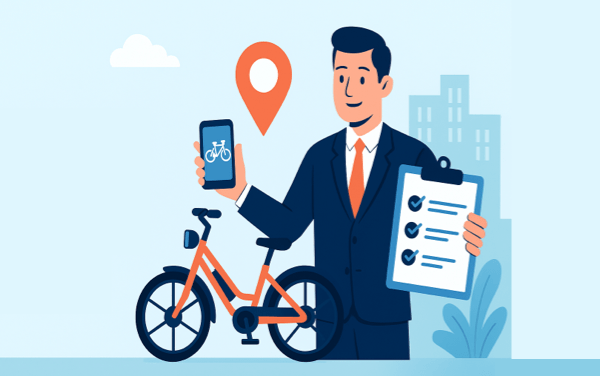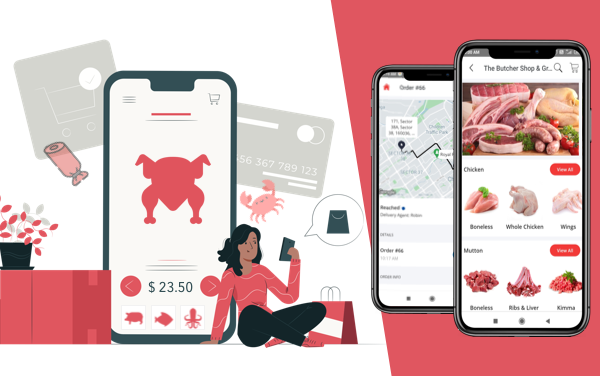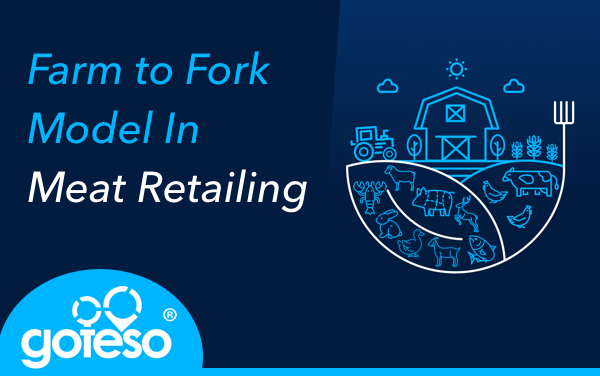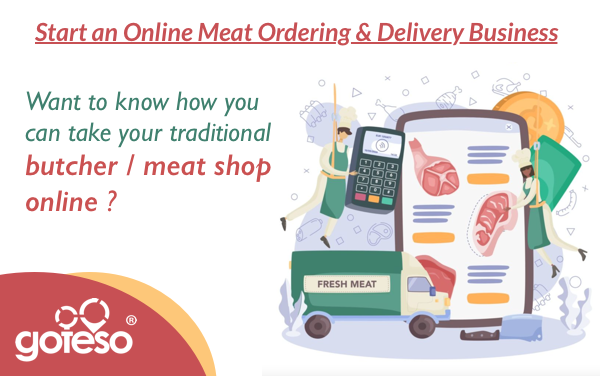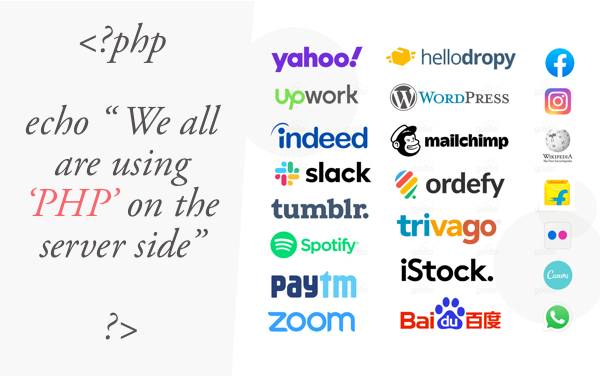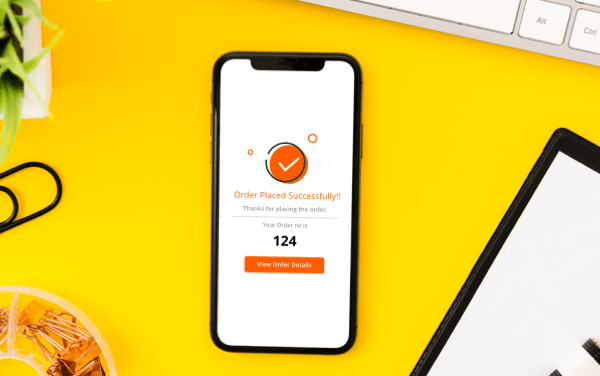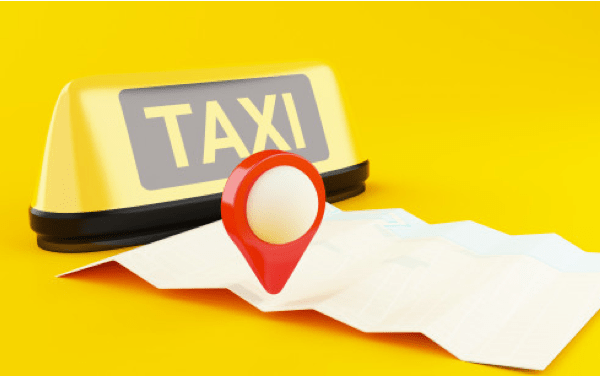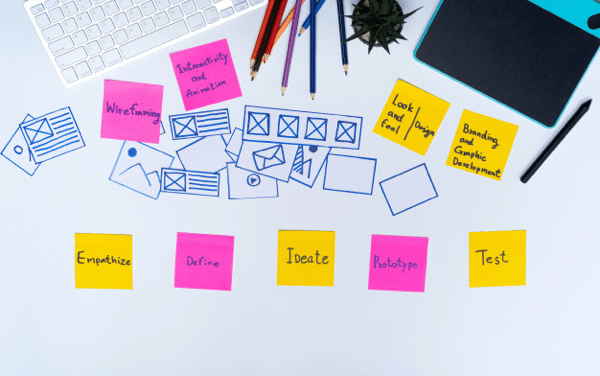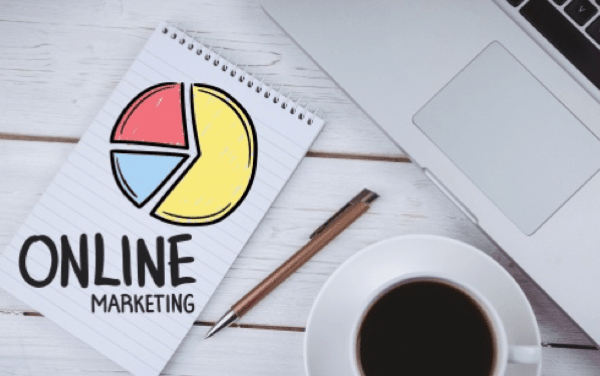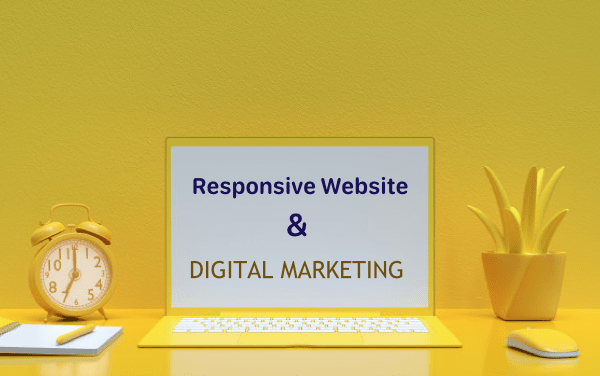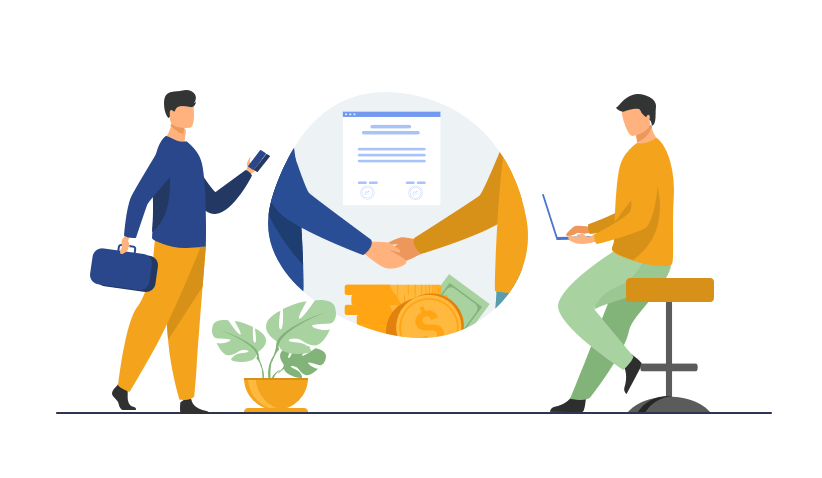What is Ecommerce? A Beginner’s Guide to Online Business
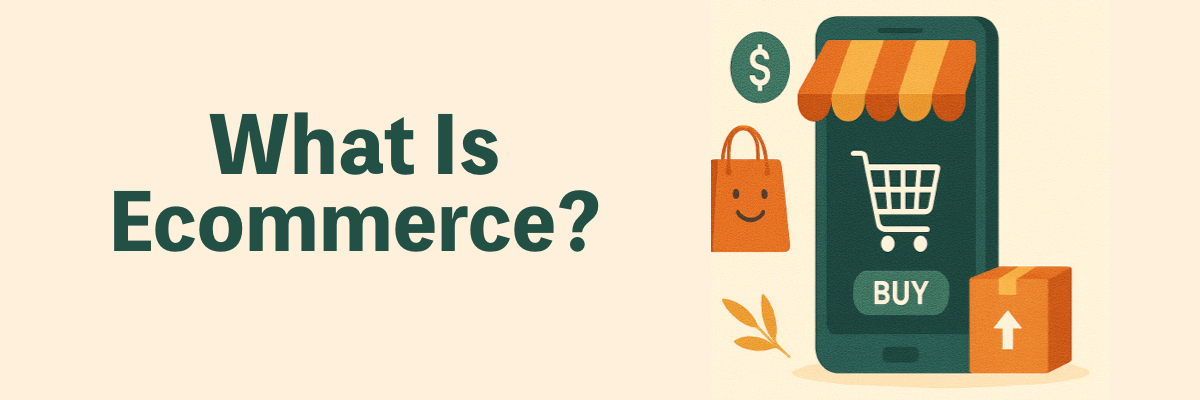
In today’s digital world, the term “ecommerce” pops up almost everywhere—from social media ads to business talks and startup guides. But what is ecommerce, really? Let’s break it down in simple terms and explore why it’s become a cornerstone of modern business.
What is Ecommerce?
Ecommerce, short for electronic commerce, is the process of buying and selling goods or services using the internet. It also involves transferring money and data to complete these transactions. Essentially, if you’re purchasing something online—whether it’s a pair of shoes, a course, or even a monthly subscription—you’re taking part in ecommerce.
A Brief History
Ecommerce began in the 1990s with the launch of platforms like Amazon and eBay. Since then, it has evolved rapidly, shaping how we shop, communicate with brands, and manage businesses. The COVID-19 pandemic only accelerated this growth, pushing even more traditional businesses to establish an online presence.
Types of Ecommerce
Understanding what ecommerce is also means recognizing its different forms:
- B2C (Business to Consumer): The most common type—companies sell directly to customers (e.g., Amazon, Nike.com).
- B2B (Business to Business): Businesses sell to other businesses, often in bulk (e.g., Alibaba).
- C2C (Consumer to Consumer): Individuals sell to each other via platforms like eBay or Facebook Marketplace.
- C2B (Consumer to Business): Freelancers or influencers offering services to companies (e.g., Upwork).
Ecommerce Business vs Traditional Business: What’s the Difference?
The way people do business has changed dramatically in the last two decades. With the rise of the internet, ecommerce businesses are challenging and even replacing many traditional business models. But how do they really compare?
Below is a breakdown of their key differences:
1. Location & Accessibility
| Aspect | Ecommerce Business | Traditional Business |
|---|---|---|
| Physical Location | Operates online (website/app) | Requires a physical store/office |
| Customer Reach | Global – anyone with internet can access | Limited to local or regional customers |
| Operating Hours | 24/7 | Fixed business hours |
2. Startup Costs
| Aspect | Ecommerce | Traditional |
|---|---|---|
| Initial Investment | Generally low (website, hosting, marketing) | High (rent, utilities, staff, inventory) |
| Overhead Costs | Lower (no physical space needed) | Higher (maintenance, bills, staff) |
3. Operations & Scalability
| Aspect | Ecommerce | Traditional |
|---|---|---|
| Scalability | Easily scalable with tech | Scaling requires more space/staff |
| Inventory | Can use dropshipping or warehouses | Needs on-hand physical stock |
| Automation | High (order processing, emails, tracking) | Low (manual processes common) |
4. Customer Interaction
| Aspect | Ecommerce | Traditional |
|---|---|---|
| Customer Service | Mostly online (chat, email) | In-person interaction |
| Experience | Fast, convenient | Personal, face-to-face experience |
| Trust Building | Requires strong branding, reviews | Easier to build in person |
5. Delivery & Fulfillment
| Aspect | Ecommerce | Traditional |
|---|---|---|
| Product Delivery | Shipped to customer | Instant handover at point of sale |
| Returns/Exchanges | Can be complex and slower | Handled on the spot |
6. Marketing Strategy
| Aspect | Ecommerce | Traditional |
|---|---|---|
| Marketing Tools | SEO, email, social media, paid ads | Flyers, billboards, TV/radio ads |
| Customer Data | Easily trackable and analyzable | Harder to collect and manage |
How Does E-commerce Work? A Simple Breakdown
E-commerce works by connecting buyers and sellers over the internet through a digital platform, allowing transactions to take place online. Here’s a step-by-step look at how it works:
1. A Customer Visits an Online Store
This could be a website, an Ordefy store, or even a seller’s social media page. The store displays product listings, prices, descriptions, and photos.
2. The Customer Selects Products
The buyer browses through the store, selects the items they want, and adds them to a shopping cart—just like in a physical store.
3. Checkout and Payment
Once the customer is ready to buy:
- They go to checkout
- Enter shipping and billing information
- Choose a payment method (credit/debit card, PayPal, digital wallet, etc.)
- The store uses a payment gateway (like Stripe or PayPal) to securely process the payment
4. Order Processing
After payment:
- The seller gets notified
- Inventory is updated
-
The product is packed and shipped (if it’s a physical item)
- For digital products (like eBooks or software), a download link may be emailed instantly
5. Shipping and Delivery
The product is shipped via postal or courier service. Tracking information is usually provided to the customer.
6. Order Completion
Once the item is delivered or the service is fulfilled, the transaction is complete. Many businesses also follow up with:
- A confirmation email
- A request for a review or feedback
- An offer or discount for future purchases
Behind the Scenes: Technology That Makes It Work
- E-commerce Platform: Like Ordefy
- Web Hosting: Stores need a place to “live” online
- Payment Gateway: Securely handles credit card and bank transactions
- Inventory Management: Tracks what’s in stock and updates after each sale
- Customer Support Tools: Like live chat, email support, or AI bots
E-commerce works by combining technology, logistics, and user experience to create a smooth process for buying and selling online. Whether it’s a handmade product from a small shop or a global brand’s online storefront, the basic flow remains the same: browse → buy → ship → receive.
Why Ecommerce Matters
The rise of ecommerce has transformed the way we live and work. Here are a few reasons why it’s so important:
- Convenience: Shop anytime, anywhere.
- Global Reach: A small business can sell to customers worldwide.
- Cost-Effective: Lower overhead compared to brick-and-mortar stores.
- Scalable: Easy to grow with the right tools and strategies.
Tools That Power Ecommerce
Successful ecommerce relies on digital tools like:
- Online stores (made with Ordefy)
- Payment gateways (PayPal, Stripe)
- Marketing platforms (Facebook Ads, Google Ads)
- Analytics tools (Google Analytics, Hotjar)
So, what is ecommerce? It’s more than just online shopping—it’s a powerful way to connect businesses and customers across the globe. Whether you’re a shopper, a startup founder, or a curious learner, understanding ecommerce is essential in today’s economy.
Ready to start your own ecommerce journey? It’s easier than you think—and the possibilities are endless.
Steps to Start an E-commerce Business
1. Decide What to Sell
This is your foundation.
- Niche Products: Focused, targeted items (e.g. eco-friendly kitchen tools, handmade jewelry).
- Evergreen Products: Things people always need (e.g. socks, phone accessories).
- Trendy Products: Items with high current demand (e.g. smart gadgets, wellness products).
Tip: Use Google Trends, Amazon Best Sellers, or TikTok trends to validate ideas.
2. Research Your Market and Competitors
Understand your customers and competitors.
- Who are your buyers?
- What are their pain points?
- Who are your competitors, and what are they doing well or poorly?
Tools to use:
- SEMrush / Ahrefs for keyword and competitor research
- Reddit, Quora, and product reviews for real customer opinions
3. Choose Your Business Model
| Model | Description |
|---|---|
| Multi vendor Business | Launch a multi-vendor business and charge commission from vendors. |
| Private Label | Create your own branded products |
| Wholesale | Buy in bulk and sell at a profit |
| Digital Products | Sell courses, ebooks, music, etc. |
| Retail | Selling your products to customers |
4. Register Your Business
Set your business up legally:
- Choose a business name
- Register your business (sole proprietorship, LLC, etc.)
- Get required licenses/tax ID (like GST, EIN, etc.)
- Open a business bank account
5. Build an E-commerce Website or App
Hire a eCommerce app development company to develop your ecommerce website or app. Or you can use a platform like Ordefy to build your online store. To build your online store using ordefy,
- Signup on the platform
- Choose a theme/template
- Add a logo and branding
- Write product descriptions and add images
- Set up categories, menus, and search
Tips
- Optimize product listings with titles, tags, and keywords
- Use high-quality images and clear descriptions
7. Set Up Payment and Shipping
Make it easy for people to buy:
- Payment Gateways: Stripe, PayPal, Razorpay, etc.
- Shipping: Offer multiple options (free, express, international)
- Set return/refund policies clearly
8. Launch and Market Your Store
Start driving traffic and sales:
- Use social media ads (Instagram, Facebook, TikTok)
- Try email marketing (build a list early!)
- Start a blog or use SEO for long-term organic traffic
- Collaborate with influencers
9. Track Results and Optimize
Use analytics to learn and grow:
- Track sales, bounce rate, conversion rate
- Use tools like Google Analytics, Hotjar, Shopify Analytics
- A/B test product pages, ads, emails
Starting an e-commerce business is more accessible than ever, but success depends on planning, persistence, and constant optimization. Start small, learn fast, and scale smart.

